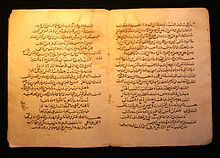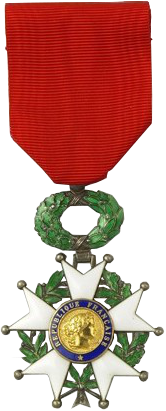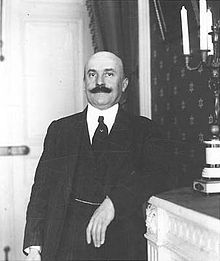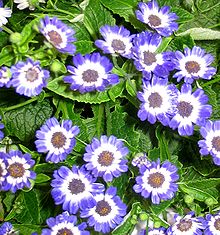p 305 | Dinard, France, on the coast of Brittany, Deauville; Balbec=Cabourg (coast of Normandy, on the French side of the English Channel)
p 305 | "on the rocks" ; General de Beautreillis (character)
p 318 | Arabian Nights; the Galland translation appeared in 12 volumes early in the 18th century; the Mardrus appeared between 1899 and 1904, and restored the risqué elements that Galland had censored (Storrock)
p 319 | Augustin Thierry (1795-1856), a medieval historian of Romantic views, who wrote notably about the Merovingians and the Norman Conquest of England. Part of his search for local color involved using the Germanic forms of Merovingian names long since Gallicized by other writers. (Storrock)
p 319 | Carolingians; Merowig
p 319 | Charles-Marie Leconte de Lisle (1818-94), the most prominent of the post-Romantic Parnassian school of poets, who took much of his subject matter from antiquity.
p 319 |Alphonse de Lamartine (1790-1869), the most lyrical and thus least Parnassian of Romantic poets.
p 319 | Characters in the Odyssey
 p 323 | Viviane is a good fairy in Chrétien de Troyes's 12th-century romance of Lancelot, who turns the hero into a
perfect knight. Puss in Boots is a character in one of Perrault's fairy
tales.
p 323 | Viviane is a good fairy in Chrétien de Troyes's 12th-century romance of Lancelot, who turns the hero into a
perfect knight. Puss in Boots is a character in one of Perrault's fairy
tales.







.png/220px-Barouche_(PSF).png)






